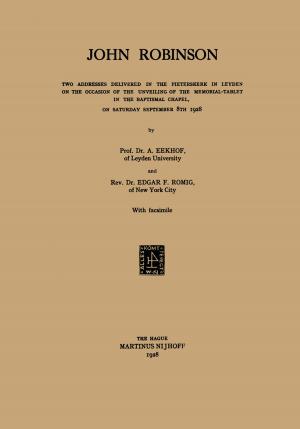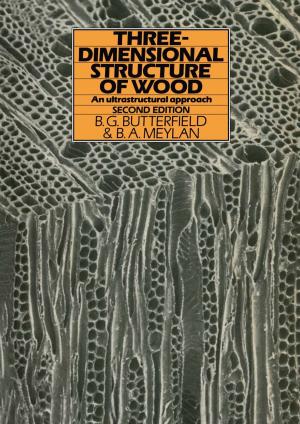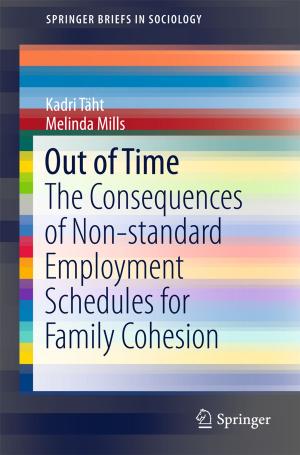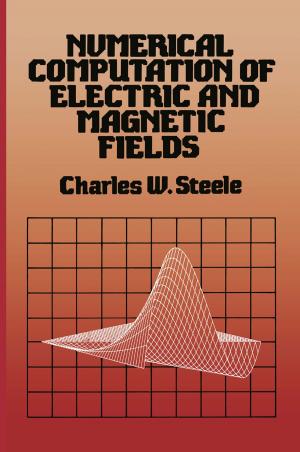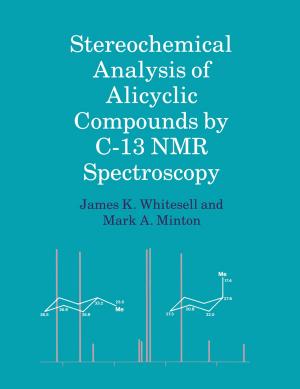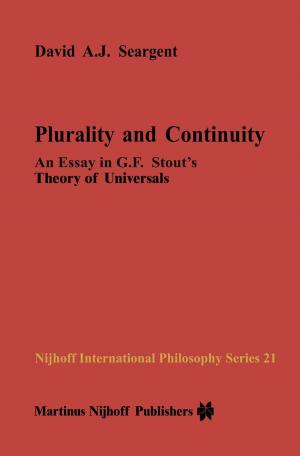Essentials of Clinical MRI
Nonfiction, Health & Well Being, Medical, Medical Science, Biochemistry, Specialties, Internal Medicine, Neurology| Author: | ISBN: | 9789400932791 | |
| Publisher: | Springer Netherlands | Publication: | December 6, 2012 |
| Imprint: | Springer | Language: | English |
| Author: | |
| ISBN: | 9789400932791 |
| Publisher: | Springer Netherlands |
| Publication: | December 6, 2012 |
| Imprint: | Springer |
| Language: | English |
I am particularly pleased to be able to write the introduction to this book that resulted from a collaborative effort by the Radiology De partment, under the auspices of the Boerhaave Committee for Postgraduate Medical Education of the Faculty of Medicine, at the University of Leiden and the Department of Medical Imaging and Radiological Sciences at Van derbilt University. Magnetic resonance imaging affords the opportunity to interrogate organ and system structure and function in a nondestructive manner without se rious biological implications. Tissue contrast with this modality is ex quisite and inherently superior to that of x-ray computed tomography. The advances to improve signal capture, development of rapid data acquisition techniques, fabrication of more appropriate pulse sequences, and availa bility of contrast agents portend increased versatility and specificity of these studies. Despite the proliferation of numerous general and specialized texts, the developments in MRI occur at such a pace that data in these references are necessarily dated. The technical horizon of MRI is vast with almost li mitless possibilities of signal generation and plan reconstruction. Tissue contrast is so importantly affected by the coupling of signal generation and capture that collective experience of institutions and investigators is extremely important to the initiate and useful even to those indivi duals with the greatest clinical experience.
I am particularly pleased to be able to write the introduction to this book that resulted from a collaborative effort by the Radiology De partment, under the auspices of the Boerhaave Committee for Postgraduate Medical Education of the Faculty of Medicine, at the University of Leiden and the Department of Medical Imaging and Radiological Sciences at Van derbilt University. Magnetic resonance imaging affords the opportunity to interrogate organ and system structure and function in a nondestructive manner without se rious biological implications. Tissue contrast with this modality is ex quisite and inherently superior to that of x-ray computed tomography. The advances to improve signal capture, development of rapid data acquisition techniques, fabrication of more appropriate pulse sequences, and availa bility of contrast agents portend increased versatility and specificity of these studies. Despite the proliferation of numerous general and specialized texts, the developments in MRI occur at such a pace that data in these references are necessarily dated. The technical horizon of MRI is vast with almost li mitless possibilities of signal generation and plan reconstruction. Tissue contrast is so importantly affected by the coupling of signal generation and capture that collective experience of institutions and investigators is extremely important to the initiate and useful even to those indivi duals with the greatest clinical experience.


